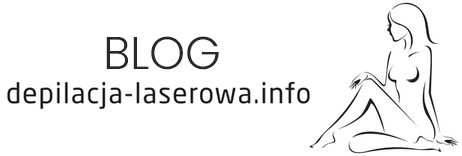Sciatica is a term used to describe the pain that travels along the path of the sciatic nerve, which branches from your lower back through your hips and buttocks and down each leg. Typically, sciatica affects only one side of your body and is often a result of a herniated disc, bone spur on the spine, or narrowing of the spine (spinal stenosis) compressing part of the nerve. This compression causes inflammation, pain, and often some numbness in the affected leg.

Sciatica
Understanding Sciatica
Sciatica is characterized by pain that originates in the spine and radiates down the back of the leg. This pain can vary widely, from a mild ache to a sharp, burning sensation or excruciating discomfort. Sometimes it can feel like a jolt or electric shock. Sciatic pain often starts gradually and intensifies over time. It may be worsened by sudden movements, such as sneezing or coughing, and prolonged sitting can aggravate symptoms.
Causes and Risk Factors
The root cause of sciatica is typically a spinal disorder that results in compression of the sciatic nerve. Common causes include:
- Herniated Disc: The most frequent cause, where a disc protrudes and presses against the nerve.
- Spinal Stenosis: Narrowing of the spinal canal, which compresses the nerve.
- Spondylolisthesis: Occurs when a vertebra slips forward over an adjacent one, pinching the nerve.
- Piriformis Syndrome: Tightening or spasm of the piriformis muscle in the buttocks can compress the sciatic nerve.
- Pregnancy: Changes in the body and increased pressure from the fetus can lead to sciatica.
Risk factors for sciatica include age, obesity, prolonged sitting, diabetes, and occupations that involve heavy lifting or twisting of the back.
Symptoms of Sciatica
The hallmark symptom of sciatica is pain that radiates from your lower (lumbar) spine to your buttock and down the back of your leg. Other symptoms may include:
- Numbness, tingling, or muscle weakness in the affected leg or foot
- Pain that worsens with movement
- Difficulty moving the leg or foot
- A sharp pain that may make it difficult to stand up or walk
Diagnosis and Treatment
Diagnosis of sciatica involves a physical exam and medical history. In some cases, imaging tests such as MRI, CT scan, or X-ray may be used to identify the cause of the sciatic nerve compression.
Treatment options for sciatica aim to relieve symptoms and address the underlying cause of nerve compression. These may include:
- Pain Relief Medications: Over-the-counter or prescription drugs to manage pain.
- Physical Therapy: Exercises to improve posture, strengthen the muscles supporting the back, and increase flexibility.
- Epidural Steroid Injections: Corticosteroid medication injected into the area around the spinal nerve to reduce inflammation.
- Surgery: In severe cases, such as when the sciatica causes significant weakness or bowel or bladder changes, surgery may be necessary to relieve the pressure on the sciatic nerve.
Lifestyle Changes and Home Remedies
In addition to medical treatments, lifestyle changes can help manage sciatica symptoms:
- Regular exercise to strengthen the back muscles
- Proper posture when sitting and standing
- Ergonomic adjustments to reduce strain on the back
- Hot or cold packs to reduce inflammation
Sciatica is a condition that can cause significant discomfort, but with the right combination of treatments, lifestyle adjustments, and sometimes surgery, many individuals find relief from their symptoms. If you’re experiencing pain that radiates down your leg, consult with a healthcare provider to explore your options for managing and alleviating sciatica.

